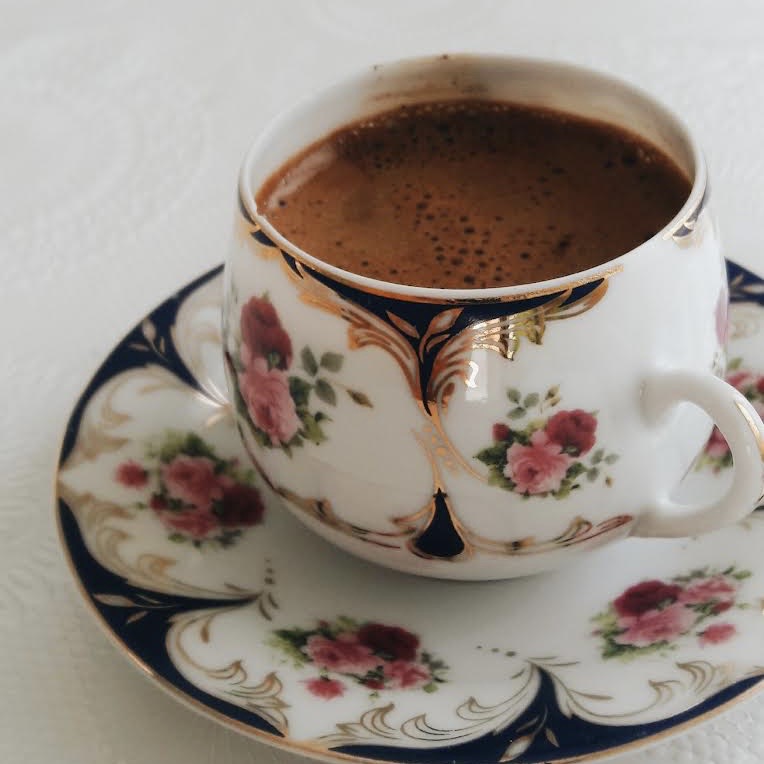Turkish coffee has been an integral part of Turkish culture for centuries, representing its unique flavor through traditional preparation methods, presentation, and serving customs. The recognition of Turkish coffee by UNESCO, with the aim of preserving its significance and cultural value, officially acknowledges Turkish coffee as part of the world’s cultural heritage.
Turkish Coffee and the Intangible Cultural Heritage List
UNESCO is an organization dedicated to the protection of both tangible heritage, such as historical buildings and natural sites on the World Heritage List, and intangible cultural heritage. Intangible cultural heritage includes traditions, rituals, languages, arts and other cultural expressions.
In 2013, Turkish coffee was included in UNESCO’s Intangible Cultural Heritage List. This decision underscores that Turkish coffee is more than just a beverage; it is a carrier of cultural heritage worthy of preservation.
The Importance of Turkish Coffee
Turkish coffee stands out with its unique preparation method, presentation in traditional Turkish coffee cups, and the accompanying treats. The coffee is served with its grounds, and it is customary to serve delights such as lokum, chocolate, nuts, or jam alongside it. This ritual represents Turkish coffee as a symbol of sharing, hospitality, and family unity.
Preservation and Promotion Efforts
The UNESCO recognition of Turkish coffee supports preservation and promotional efforts aimed at passing down this traditional beverage to future generations and promoting its cultural significance. It is also considered a commitment to preserving and perpetuating Turkish coffee culture and art.

Turkish Coffee, a Part of Our Cultural Heritage
Turkish coffee is not just a beverage; it is a part of our cultural heritage. Its UNESCO recognition officially affirms its importance and the need for its preservation. With its traditional preparation, presentation, and the delightful accompaniments, Turkish coffee stands as a representative of cultural heritage, and efforts continue to ensure the heritage’s continuity.


